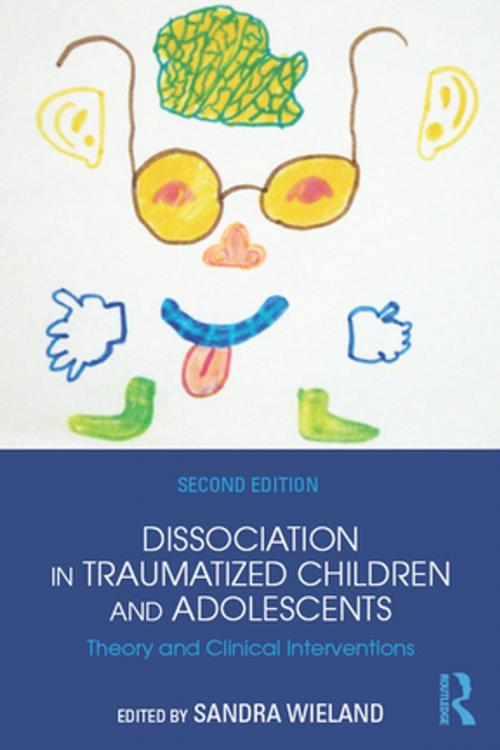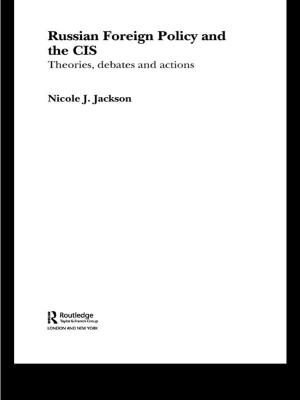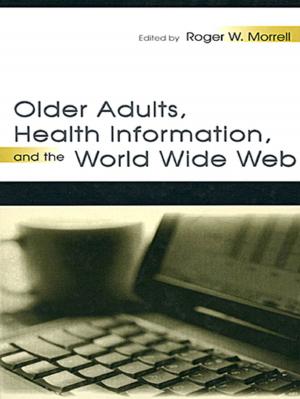Dissociation in Traumatized Children and Adolescents
Theory and Clinical Interventions
Nonfiction, Health & Well Being, Psychology, Mental Illness, Mental Health| Author: | ISBN: | 9781317580065 | |
| Publisher: | Taylor and Francis | Publication: | March 27, 2015 |
| Imprint: | Routledge | Language: | English |
| Author: | |
| ISBN: | 9781317580065 |
| Publisher: | Taylor and Francis |
| Publication: | March 27, 2015 |
| Imprint: | Routledge |
| Language: | English |
Dissociation in Traumatized Children and Adolescents presents a series of unique and compelling case studies written by some of the foremost international experts in the study of dissociation in young people. In the new edition, chapters have been updated to include discussion of the most recent findings in trauma and neuroscience as well as Joyanna Silberg’s popular affect-avoidance model. In addition, Sandra Wieland’s incisive commentaries on each case study have been updated. Each chapter presents a detailed narrative of a therapist's work with a child or adolescent interspersed with the therapist's own thought process, and every therapist explains the theory and research behind her clinical decisions. The case studies present many aspects of working with traumatized children—attachment work, trauma processing, work with the family, interactions with the community, psychoeducation related to dissociation, and encouragement of communication between the dissociated parts—and provide a frank analysis of the difficulties clinicians encounter in various therapeutic situations. While the book is exceptional in its clear and detailed descriptions of theory related to dissociation in children, most importantly, it illustrates how theory can be translated into successful therapeutic interactions.
Dissociation in Traumatized Children and Adolescents presents a series of unique and compelling case studies written by some of the foremost international experts in the study of dissociation in young people. In the new edition, chapters have been updated to include discussion of the most recent findings in trauma and neuroscience as well as Joyanna Silberg’s popular affect-avoidance model. In addition, Sandra Wieland’s incisive commentaries on each case study have been updated. Each chapter presents a detailed narrative of a therapist's work with a child or adolescent interspersed with the therapist's own thought process, and every therapist explains the theory and research behind her clinical decisions. The case studies present many aspects of working with traumatized children—attachment work, trauma processing, work with the family, interactions with the community, psychoeducation related to dissociation, and encouragement of communication between the dissociated parts—and provide a frank analysis of the difficulties clinicians encounter in various therapeutic situations. While the book is exceptional in its clear and detailed descriptions of theory related to dissociation in children, most importantly, it illustrates how theory can be translated into successful therapeutic interactions.















